Published: 31/07/2025
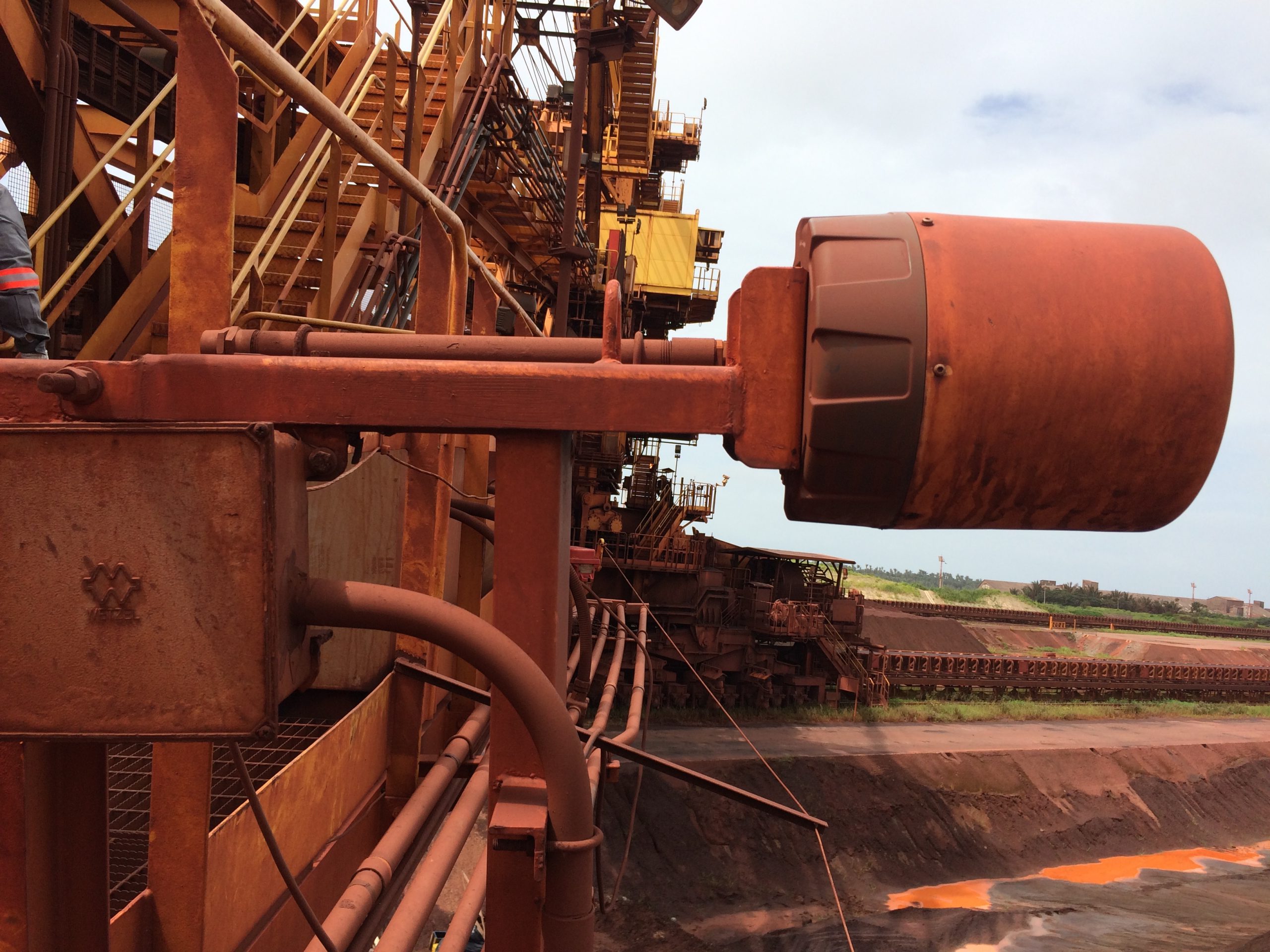
From ports to power plants, steel mills to storage terminals, the relentless push for efficiency, uptime, and safety is fuelling the demand for smarter, more automated systems.
Automated systems like stacker-reclaimers and ship loaders boost efficiency by enabling continuous, high-speed operations with precise material handling, reducing downtime and human error. They enhance safety by minimising manual labour in hazardous environments, using sensors and controls to prevent accidents like collisions or overloading. Additionally, real-time monitoring and data analytics optimise performance, ensuring consistent throughput while maintaining strict safety standards.
While the spotlight of automated systems often lands on robotics, AI, and autonomous vehicles, there’s one crucial component that could make or break automation ROI – sensor technology and their maintenance demands.
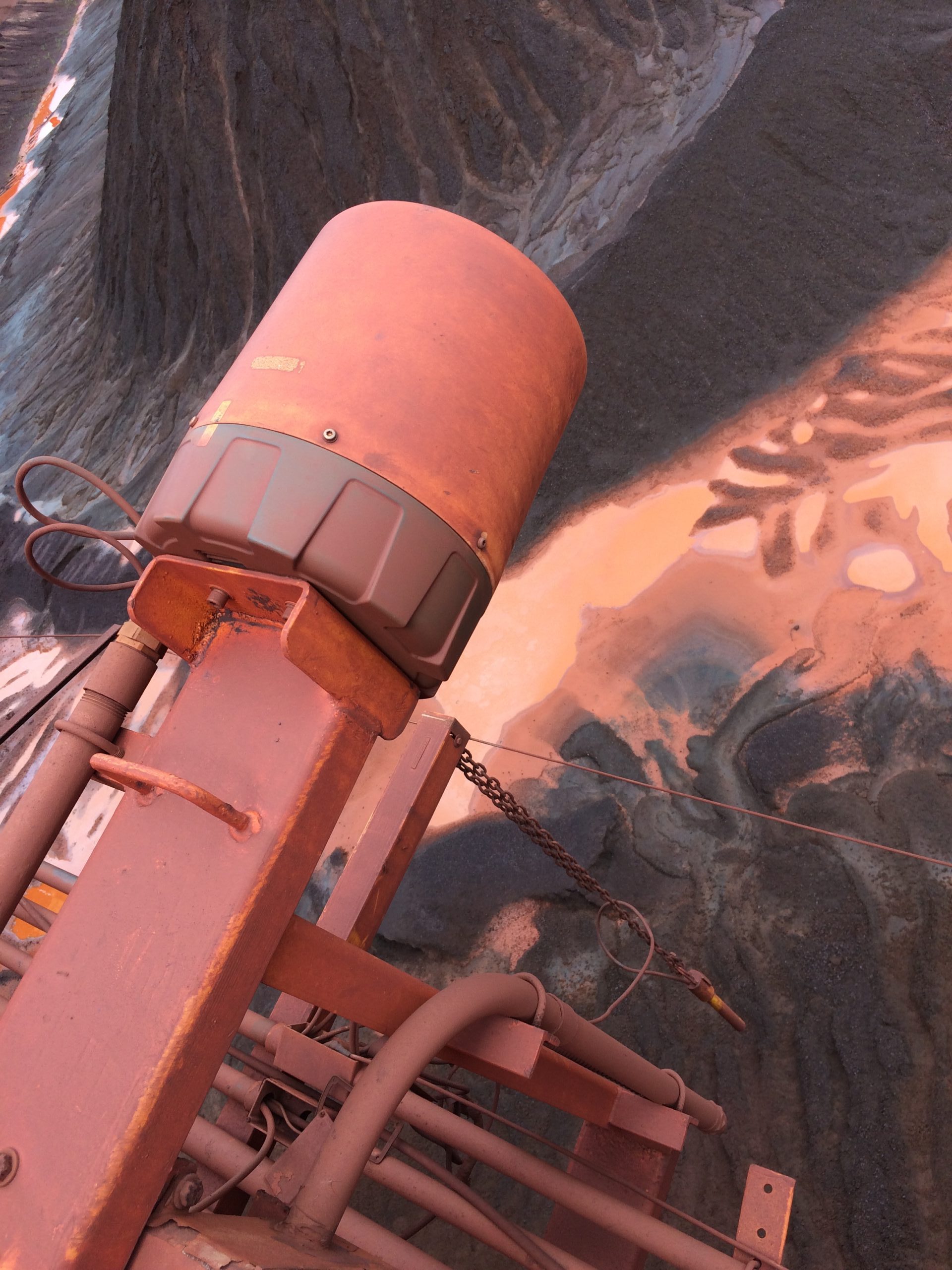
Traditionally associated with mining, automation is now transforming bulk material handling across virtually every heavy industry. The global bulk material handling systems market was valued at $28.1 Billion in 2024 and is forecasted to grow at a CAGR of 6.5% from 2026 to 2033, reaching $45.3 Billion by 2033*.
But there’s a catch: automation depends entirely on the ability of sensors to perceive the environment – accurately, reliably, and without interruption.
Sensor technology is, in essence, the “eyes” of automated systems. In recent years, both lidar and radar have emerged as frontrunners in helping machines navigate, detect hazards, and monitor conditions in real time. Lidar’s edge lies in its high-resolution 3D mapping, which is ideal for precision tasks such as inventory management, structural modelling, or spatial analysis.
However, as any operator in a Ship Loader or Stacker Reclaimer will tell you, environments filled with dust, moisture, or vibration create a maintenance nightmare for lidar sensors. Lidar units, often placed in hard-to-reach or hazardous zones, need frequent manual cleaning, recalibration or complex cleaning and dust suppression technologies, that add cost and maintenance to the system. Collectively this introduces downtime and, more ironically, a regression in the autonomous loop.
And that’s the paradox.
We’re trying to remove people from dangerous, repetitive tasks, yet are requiring them to maintain the very tools designed to protect them.
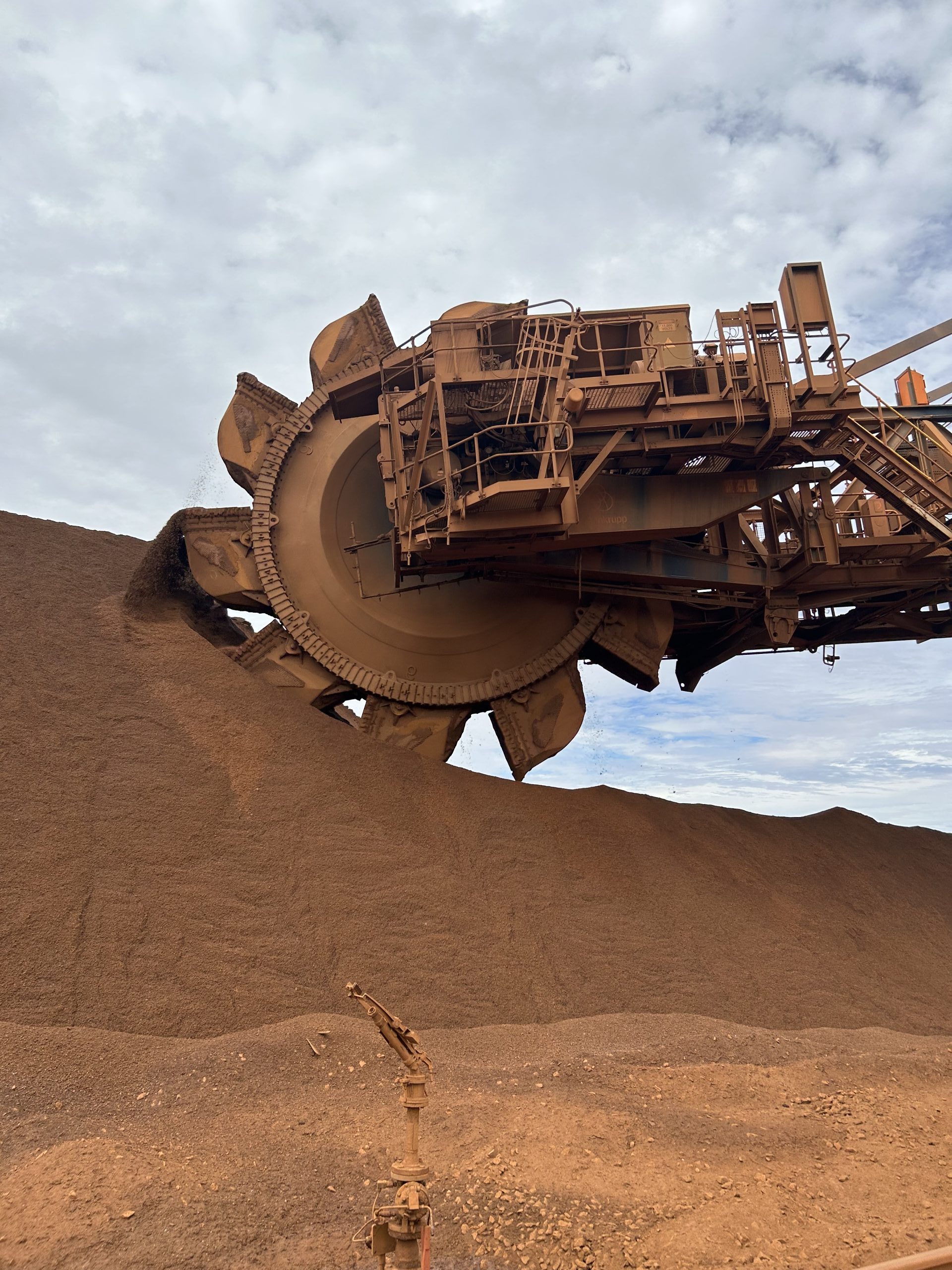
Enter millimetre-wave radar, a technology that’s proving far more resilient in rugged industrial conditions. Unlike lidar, radar is unaffected by dust, fog, rain, or ambient light – conditions that frequently plague bulk operations. Its robust performance means that once installed, radar systems require minimal to zero ongoing maintenance, reducing both total cost of ownership and human intervention.
This isn’t theoretical. Radar’s practical benefits are already being seen across sectors:
These use cases go beyond mining and speak to the broader need for uninterrupted operations in mission-critical infrastructure.
According to a Deloitte report**, poor maintenance strategies reduce productivity by 5% to 20%, costing global manufacturers an estimated $50 billion annually.
In bulk material handling, unplanned downtime can halt entire supply chains. A failure in a Port Conveyor System or a Ship Loader being down, or out of action, might mean delays in exports, fines, or lost contracts. The math is simple: when the data stops, so does production.
This is why sensor maintenance is no longer a footnote – it’s a strategic factor. Relying on human labour to regularly clean, replace, or calibrate sensors is a step backward in the autonomy journey. Worse, it reintroduces risk, error, and cost into systems designed to be smart, safe, and self-sufficient.

Ian Collins“In bulk material handling, uptime is everything. In high-dust, poor visibility zones, traditional technologies like lidar quickly hit their limits. Our radar sensor, by contrast, offers consistent performance with constant visual representation and low maintenance.
The moment your sensors need cleaning, your automation stops being automatic. That’s where radar changes the game. It’s not just more robust – it’s designed for the realities of the industry.”
Autonomation in Bulk Material Handling isn’t just about machines taking over tasks, it’s about building resilient, intelligent infrastructure that can operate independently over long-time frames. Radar provides a path to achieving this, especially in environments where access is difficult or downtime is not an option.
The future of bulk material handling will be defined not just by how autonomous our systems become, but how sustainably autonomous they remain. Technologies like millimetre wave radar, which offer long-term reliability with minimal maintenance, will underpin this shift.
So yes, the industry will keep investing in AI, automation platforms, and robotics. But without the right sensor strategy, much of that investment risks being undermined by a humble, but costly, return of the cleaning rag.
Bottom Line? If you’re designing for autonomy, design for sensor autonomy too. In the world of bulk material handling, radar may not just be an option, it could be the missing link to making automation truly automatic.
Speak to our team here.
Get In TouchClick below to discover more
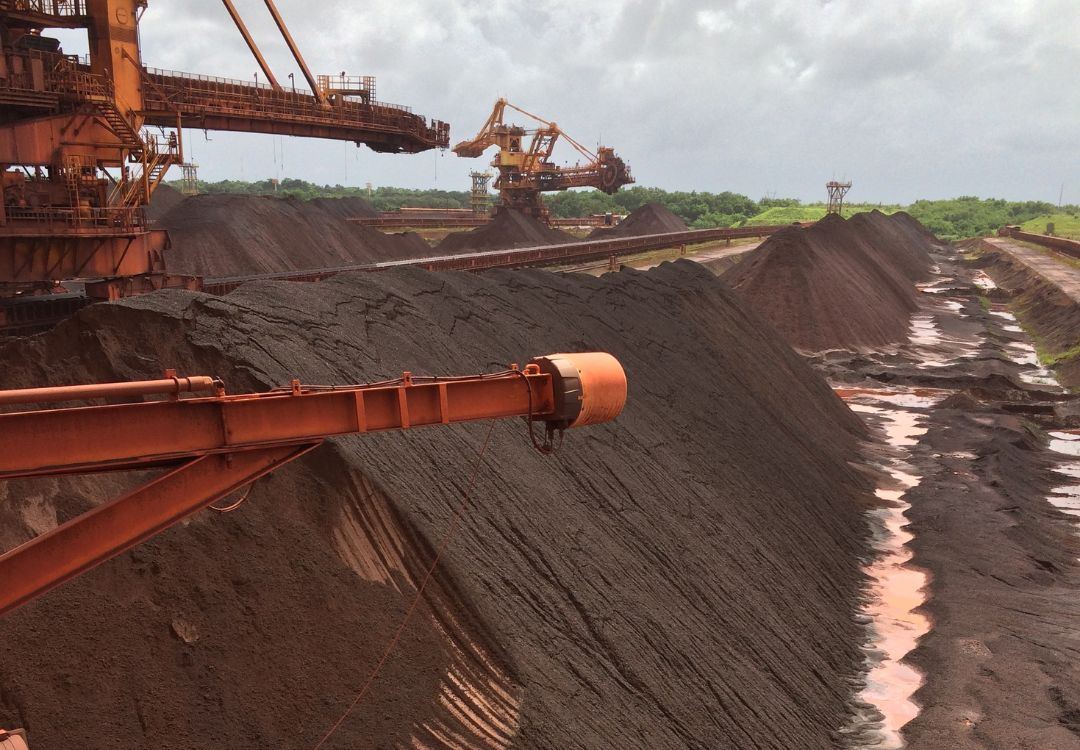
LYNX Process integrated two of Navtech's mining radar sensors into their stacker-reclaimer system to profile the stockpile close to the bucket wheel.
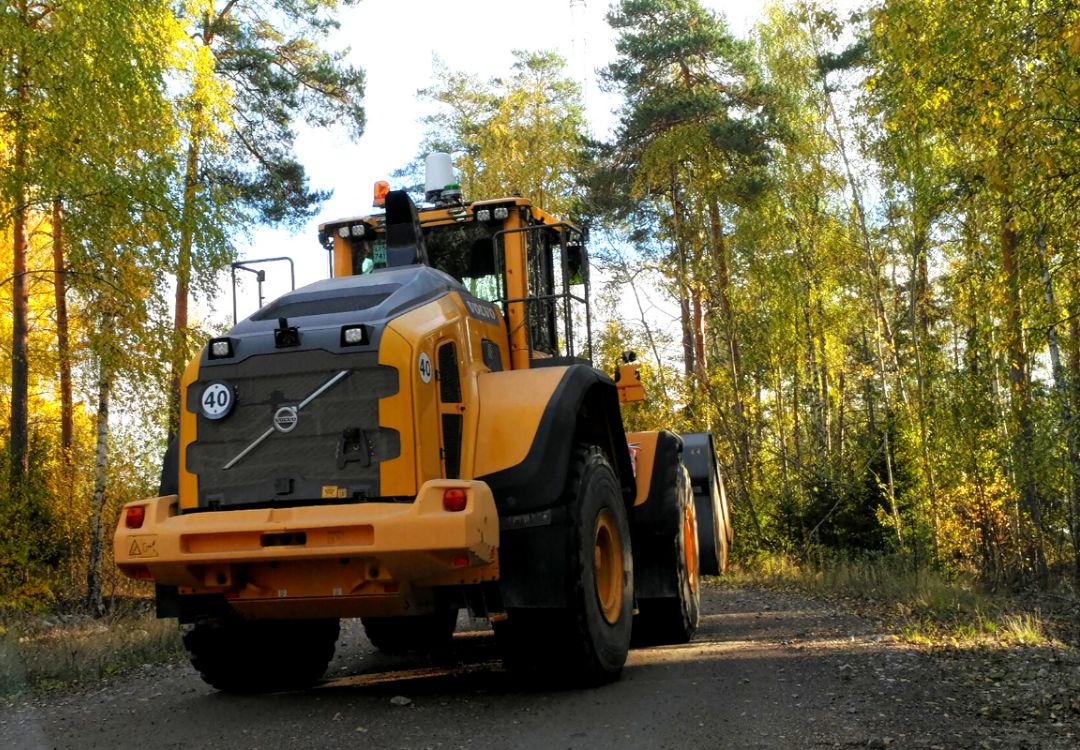
Örebro University tested sensor technologies for autonomous machinery, to improve navigation in harsh environments like mines, navigating smoke and dust, where Lidar and cameras fail.

Pilbara Port uses Navtech Radar's sensors to provide data for anti-collision, navigation, and optimum loading.